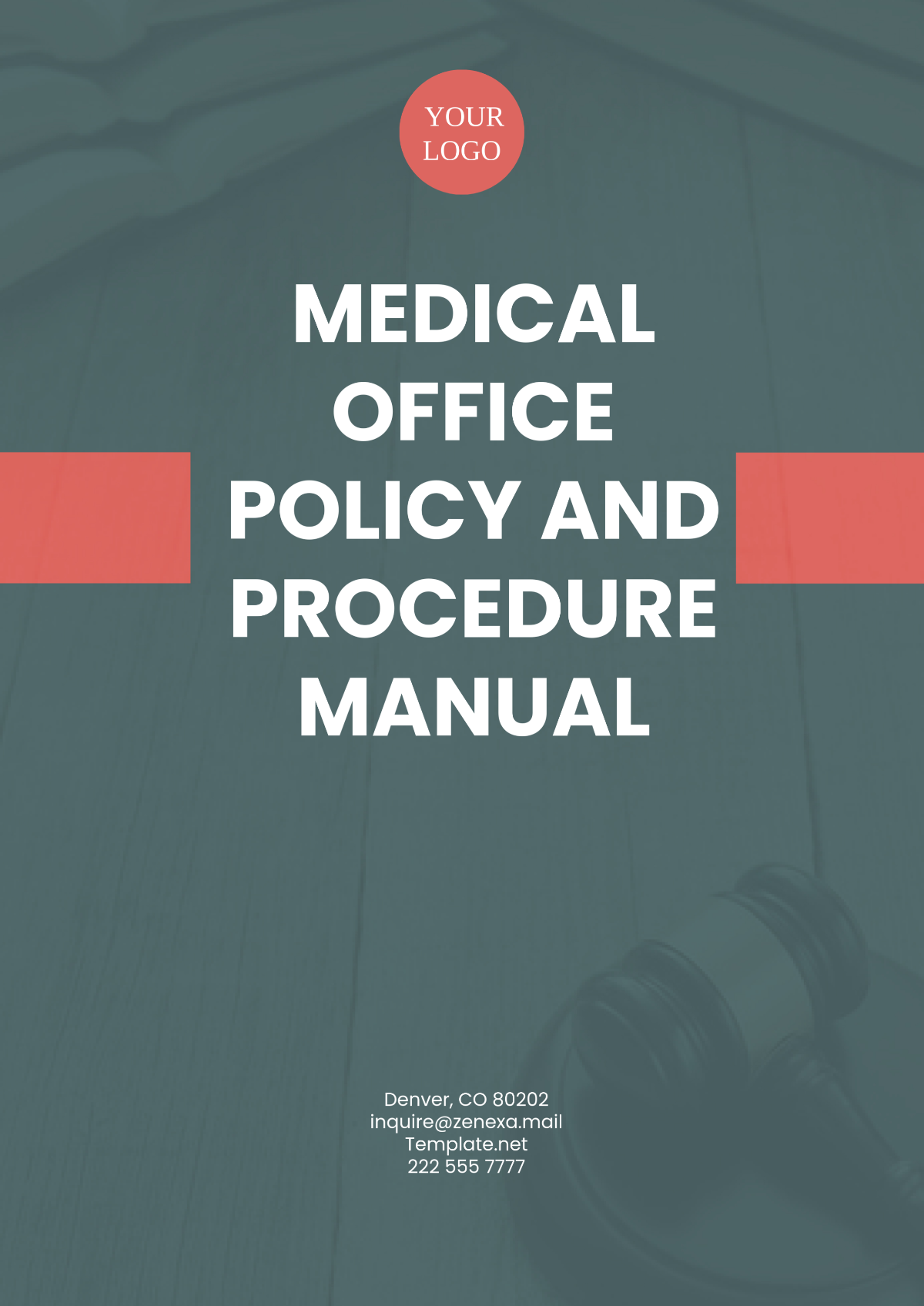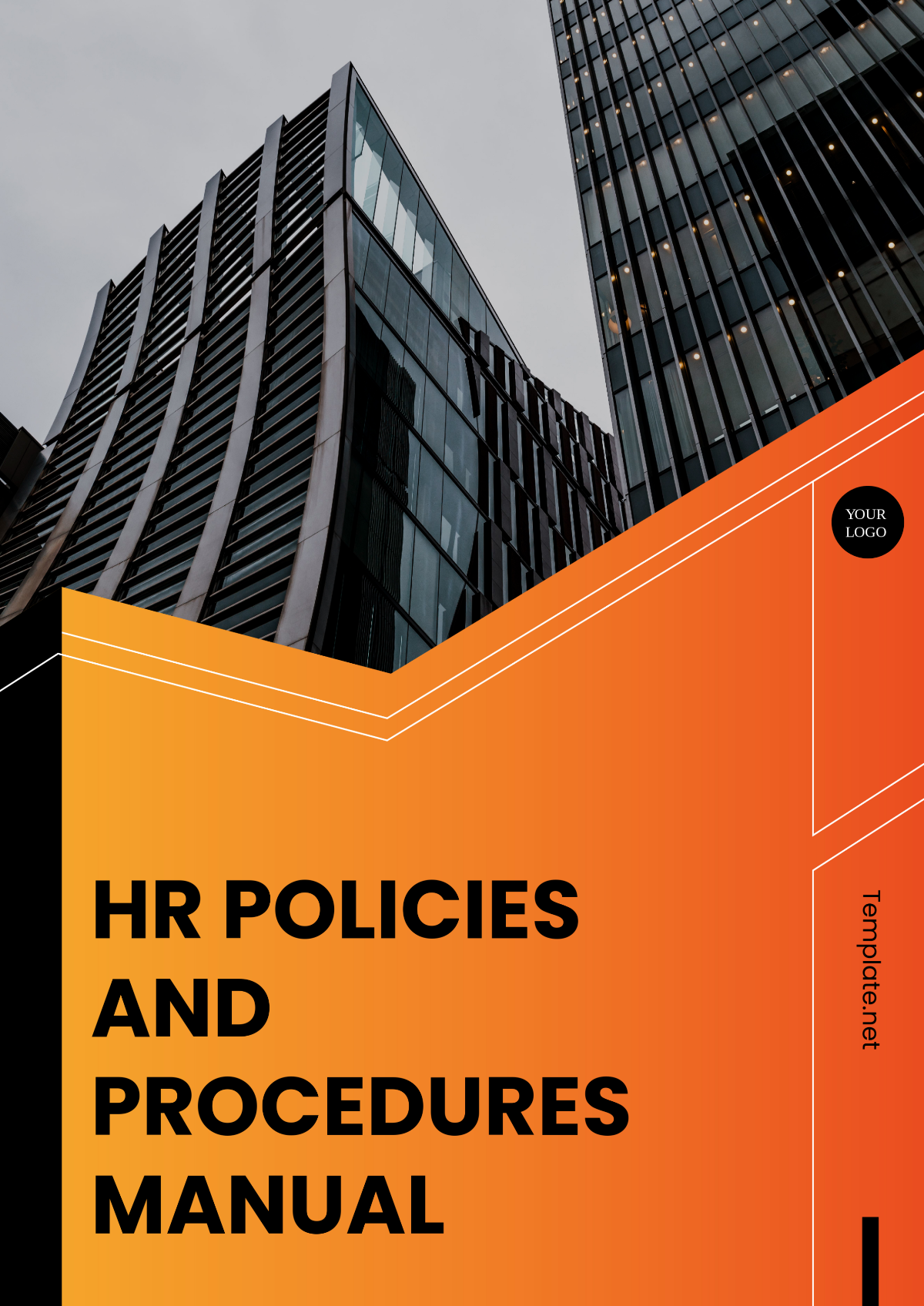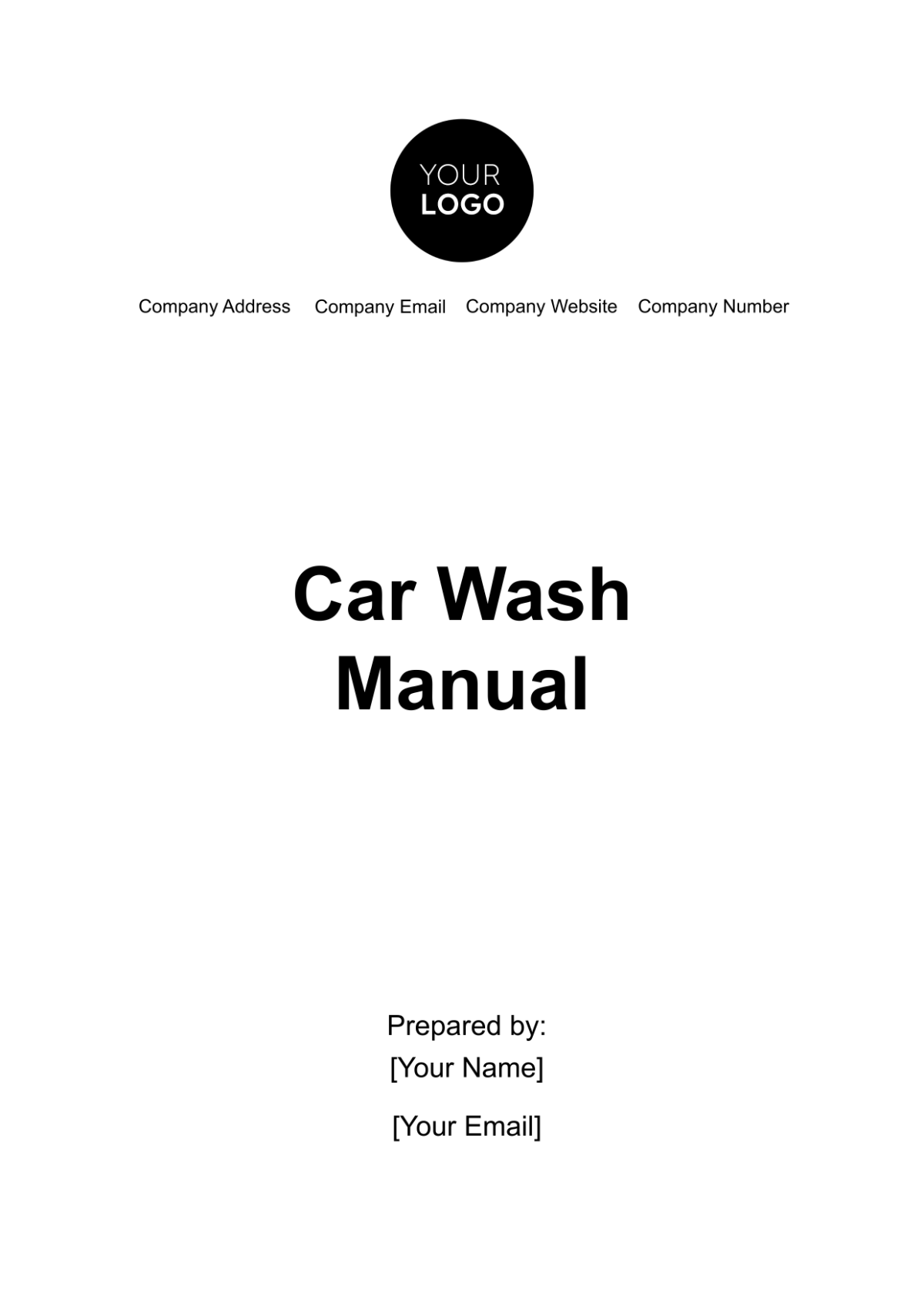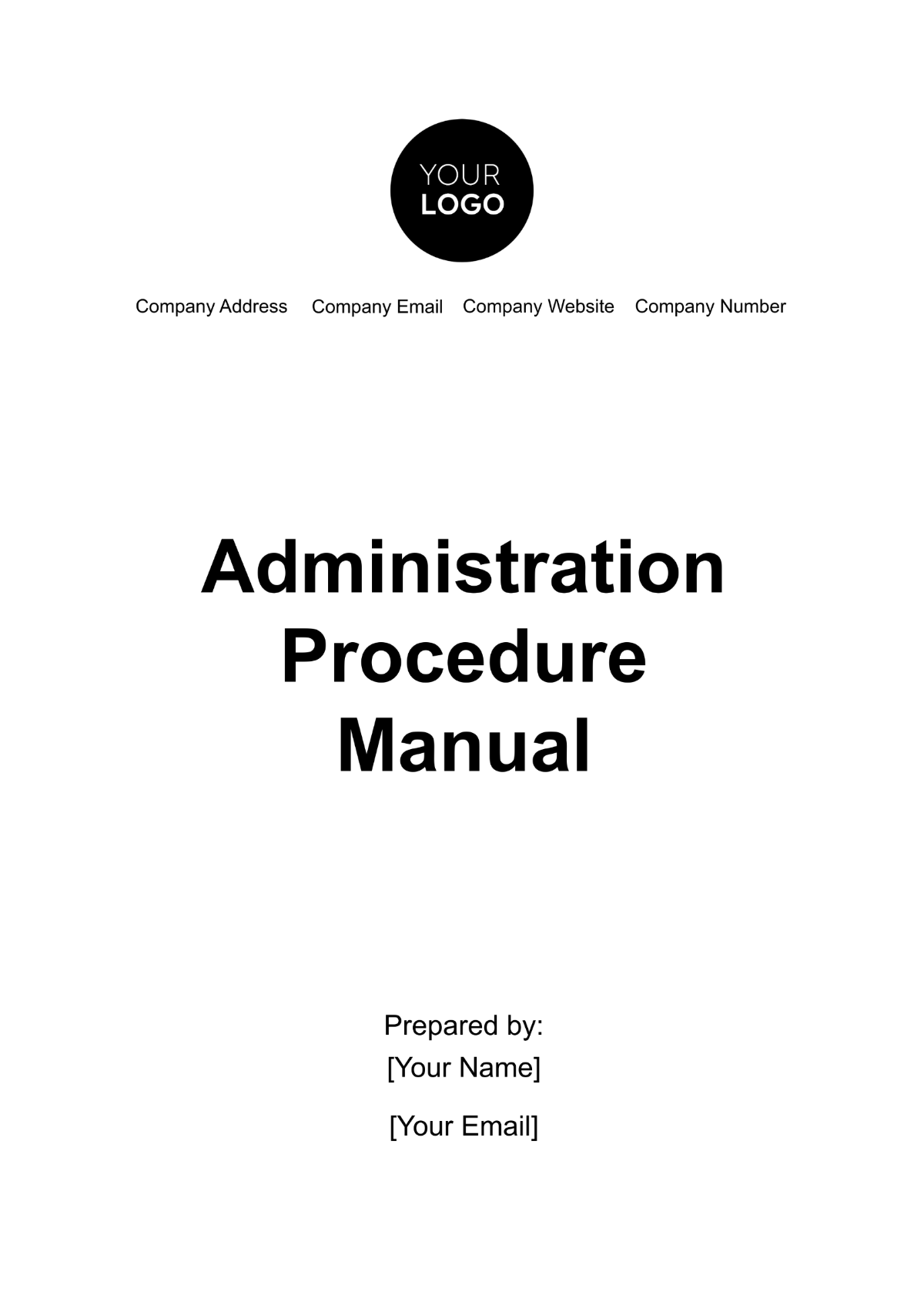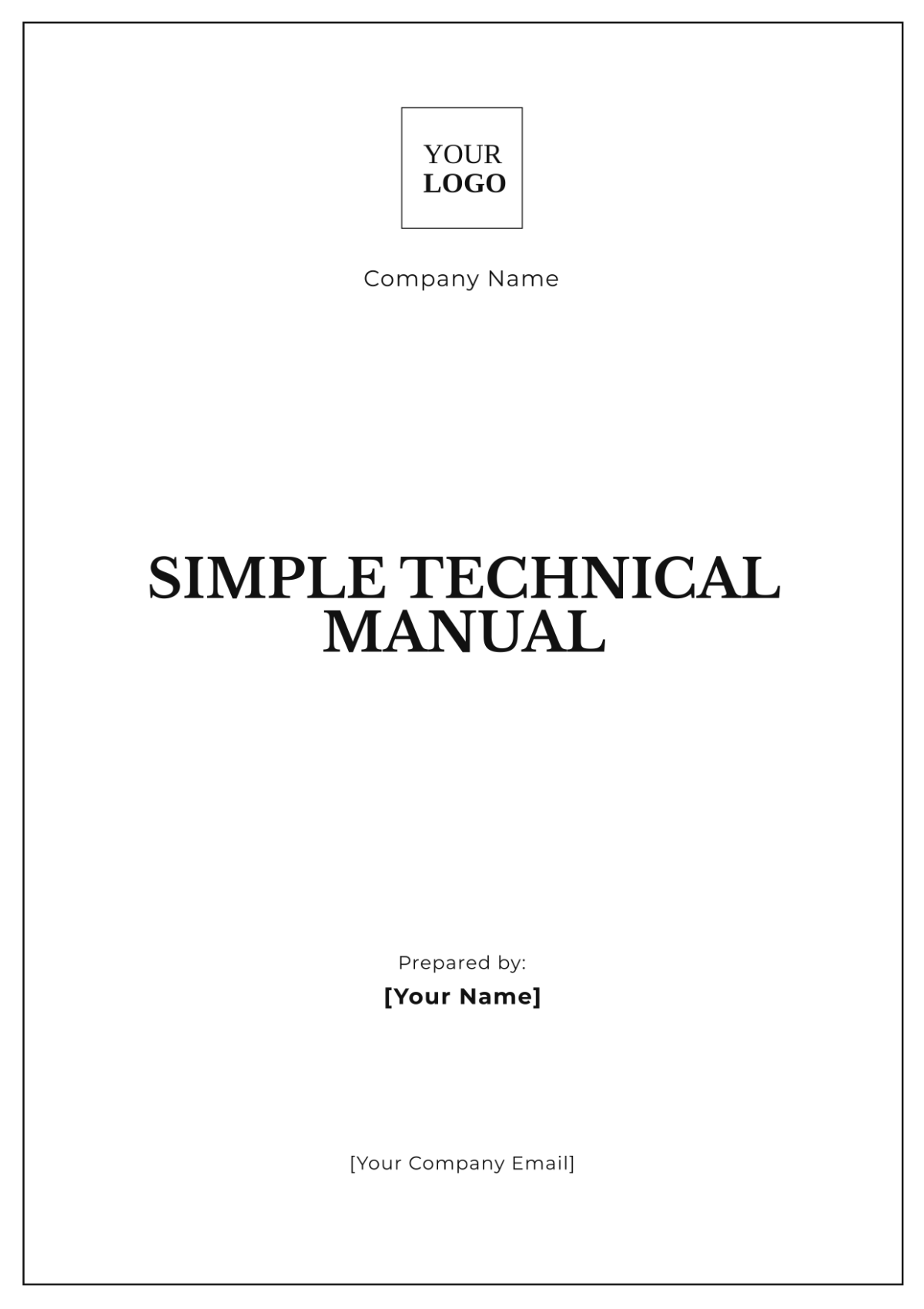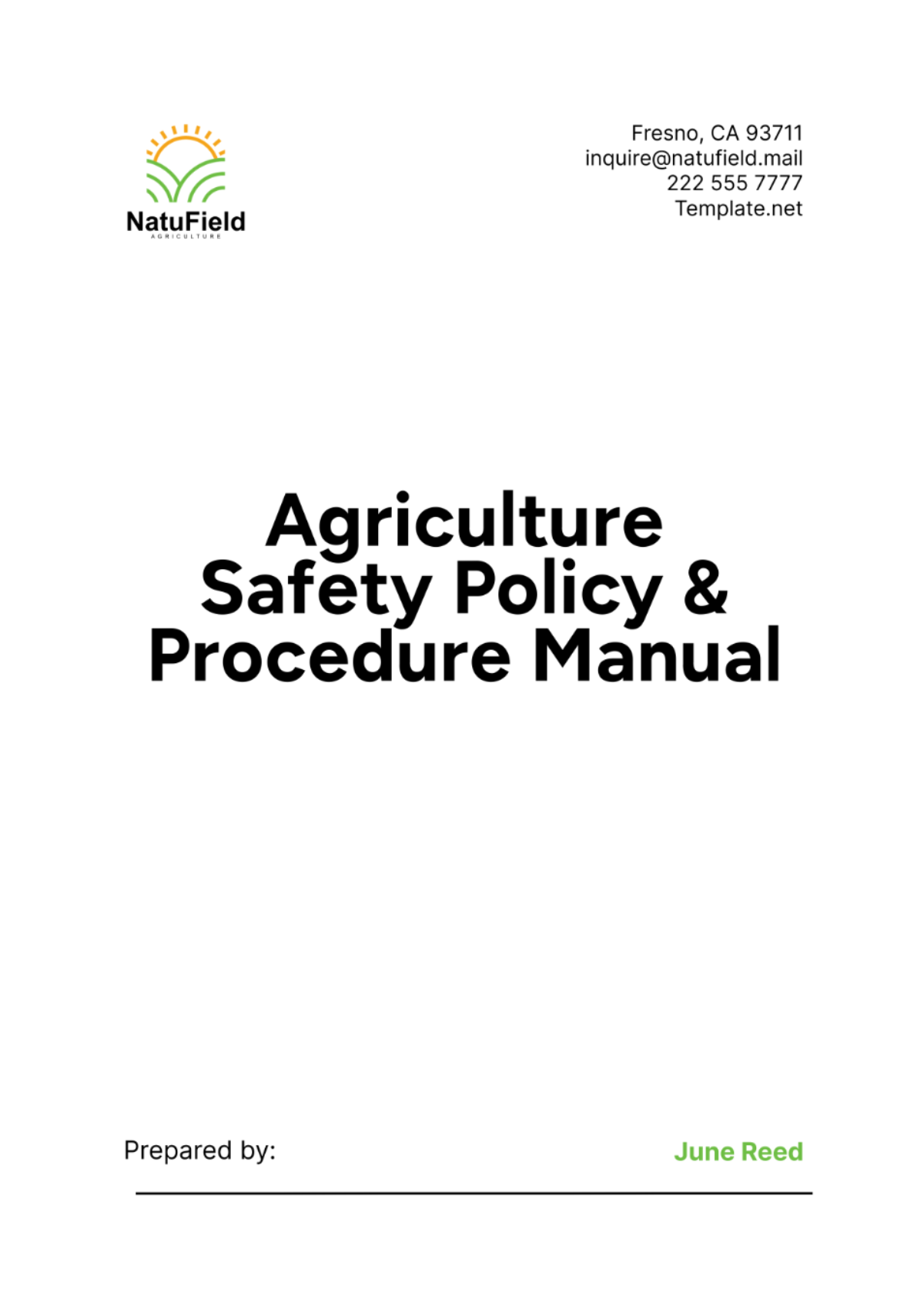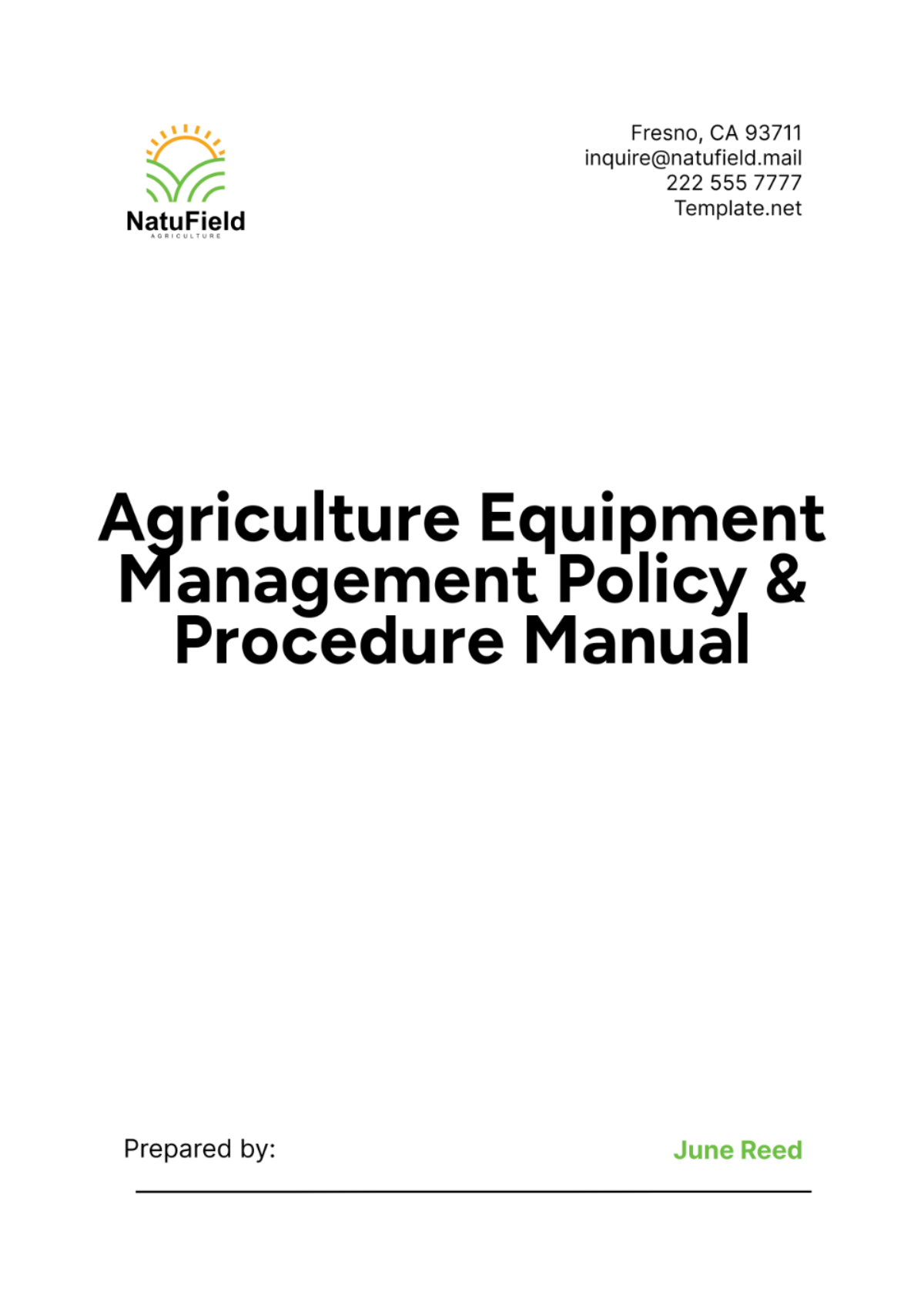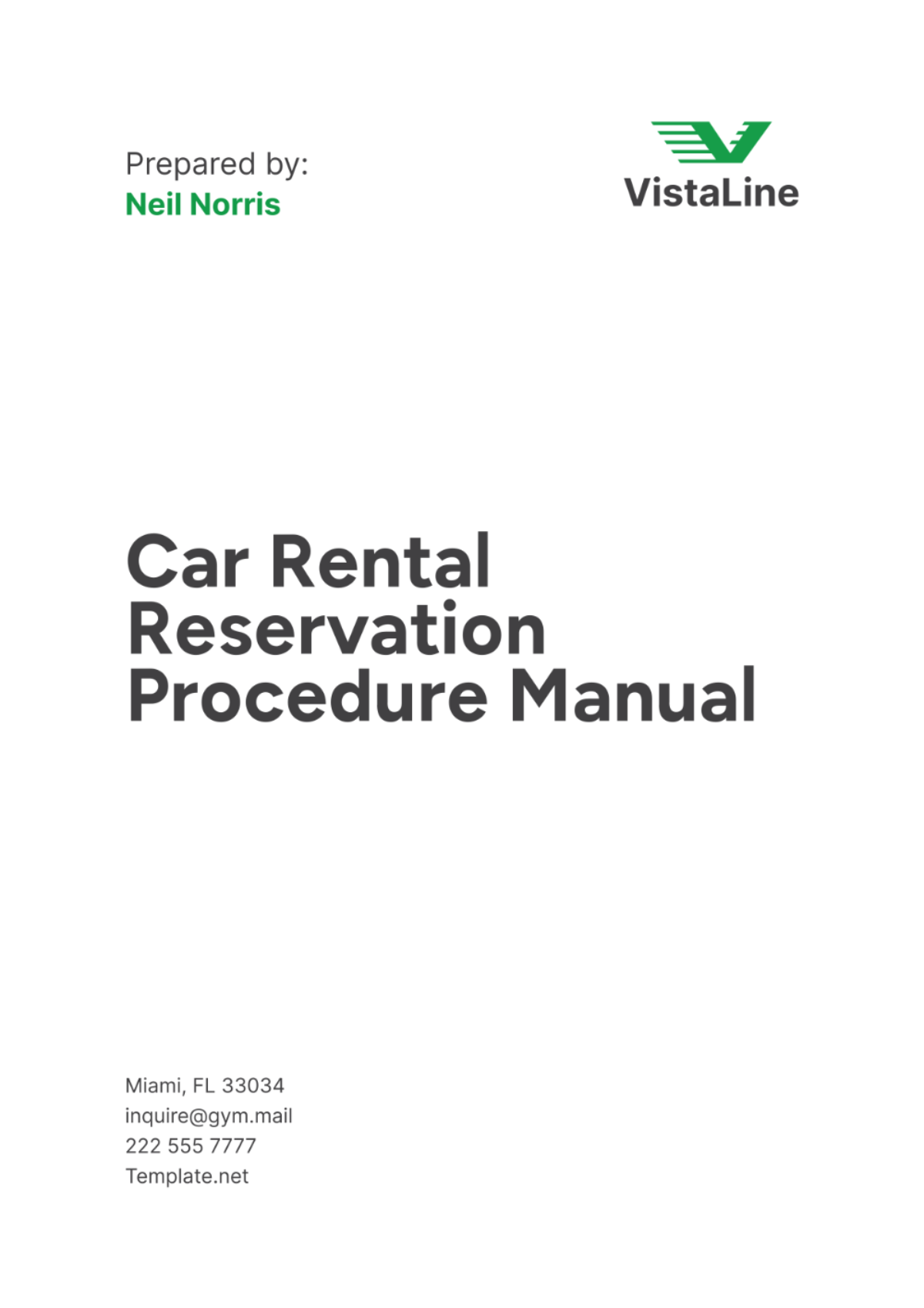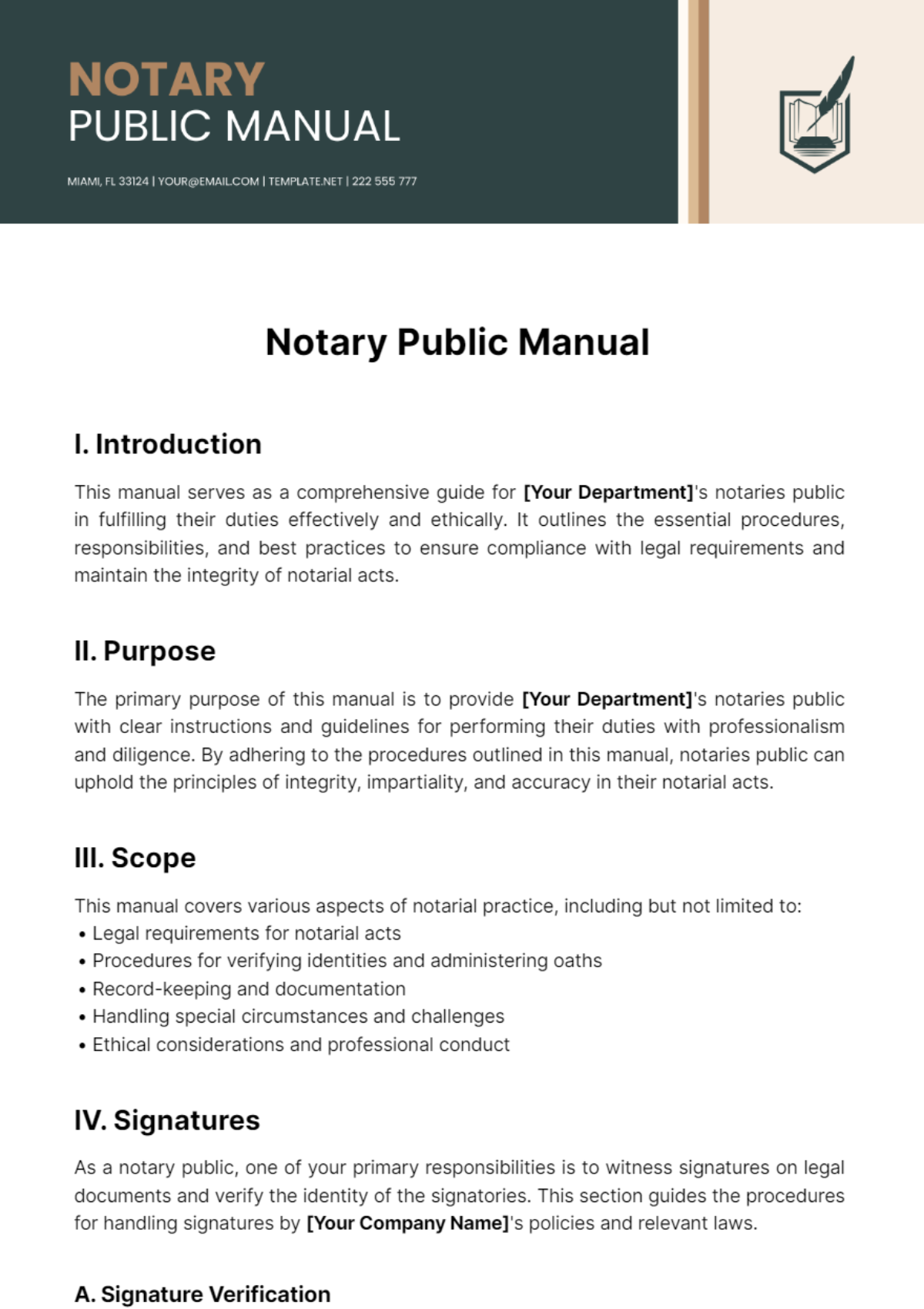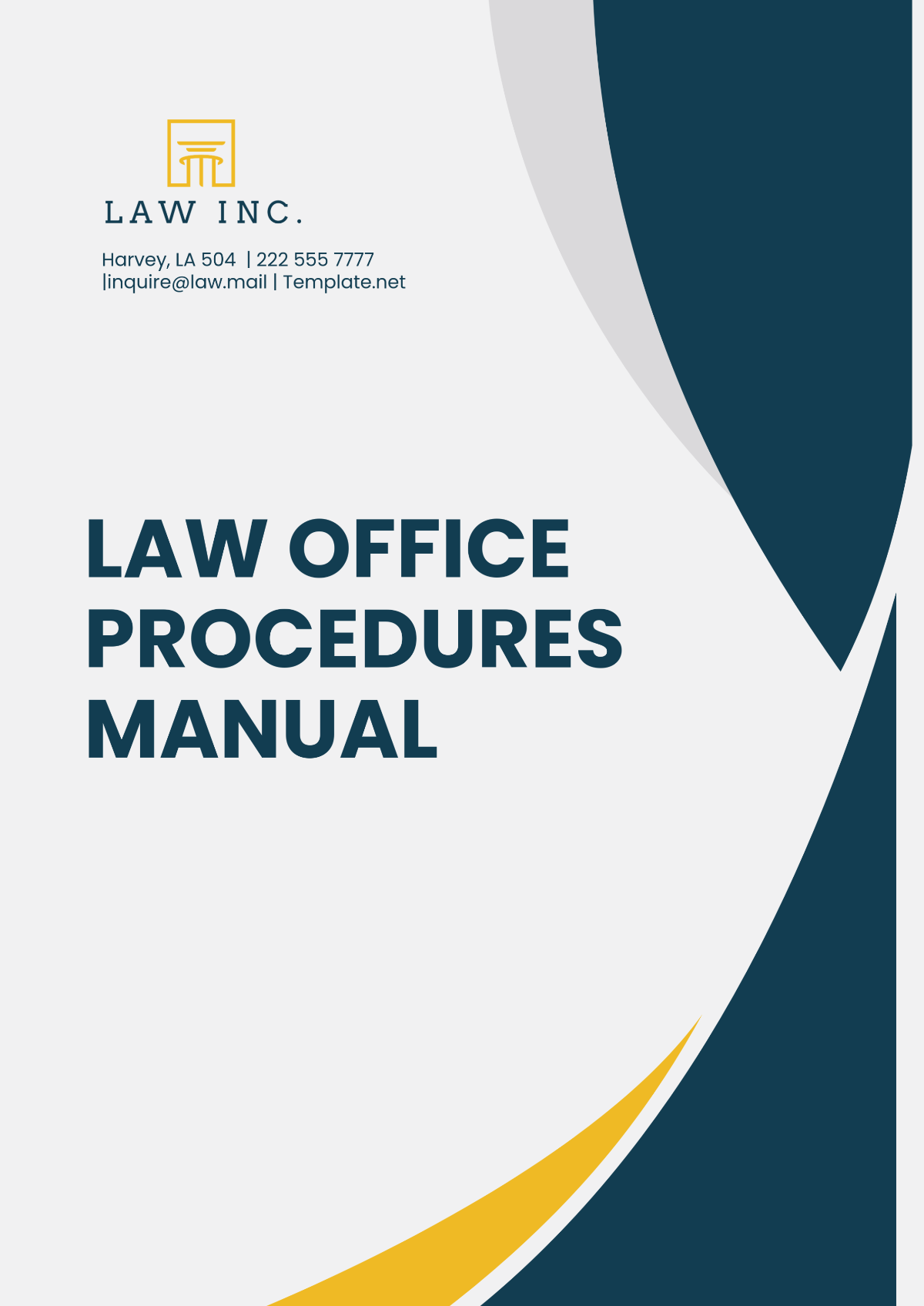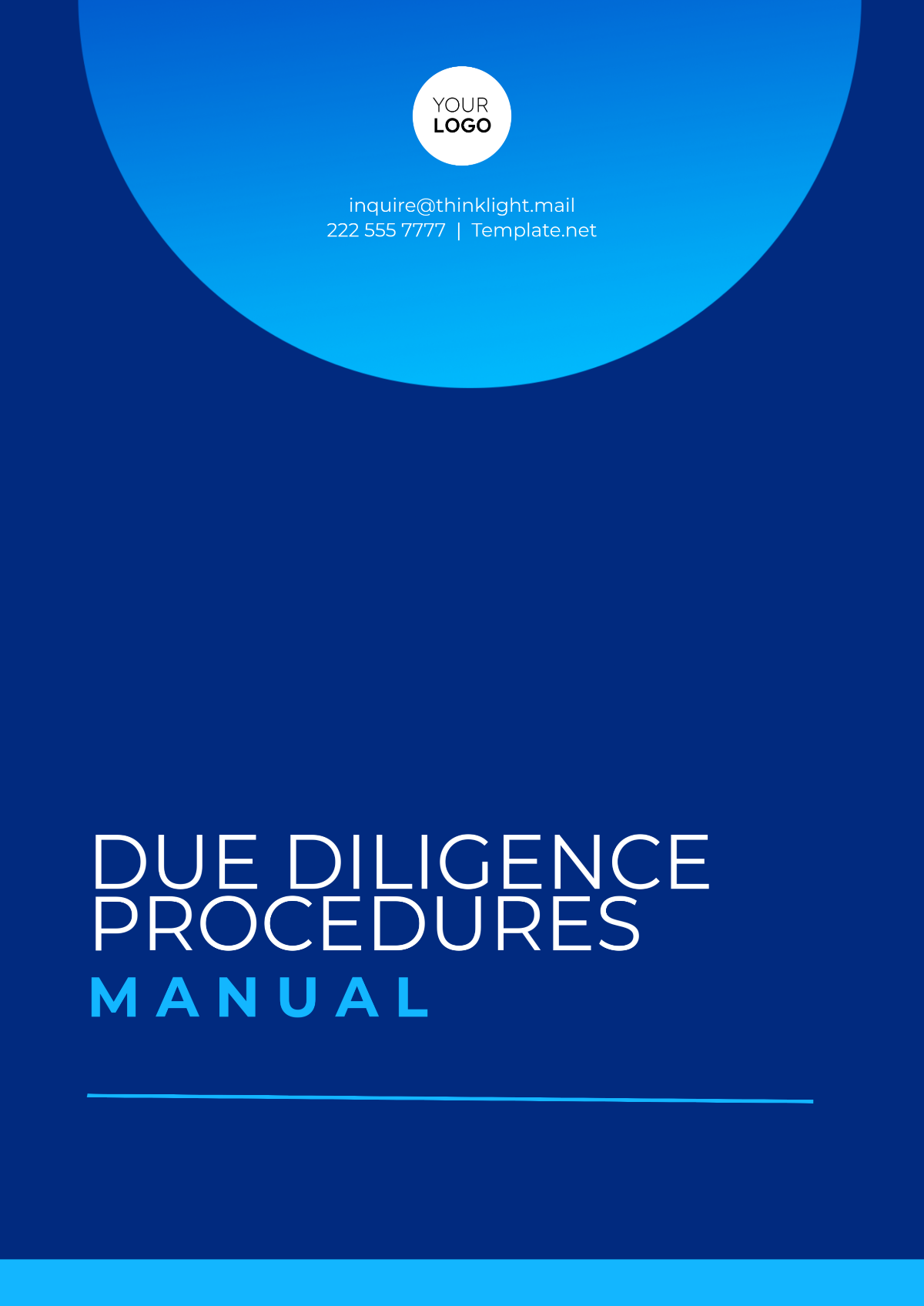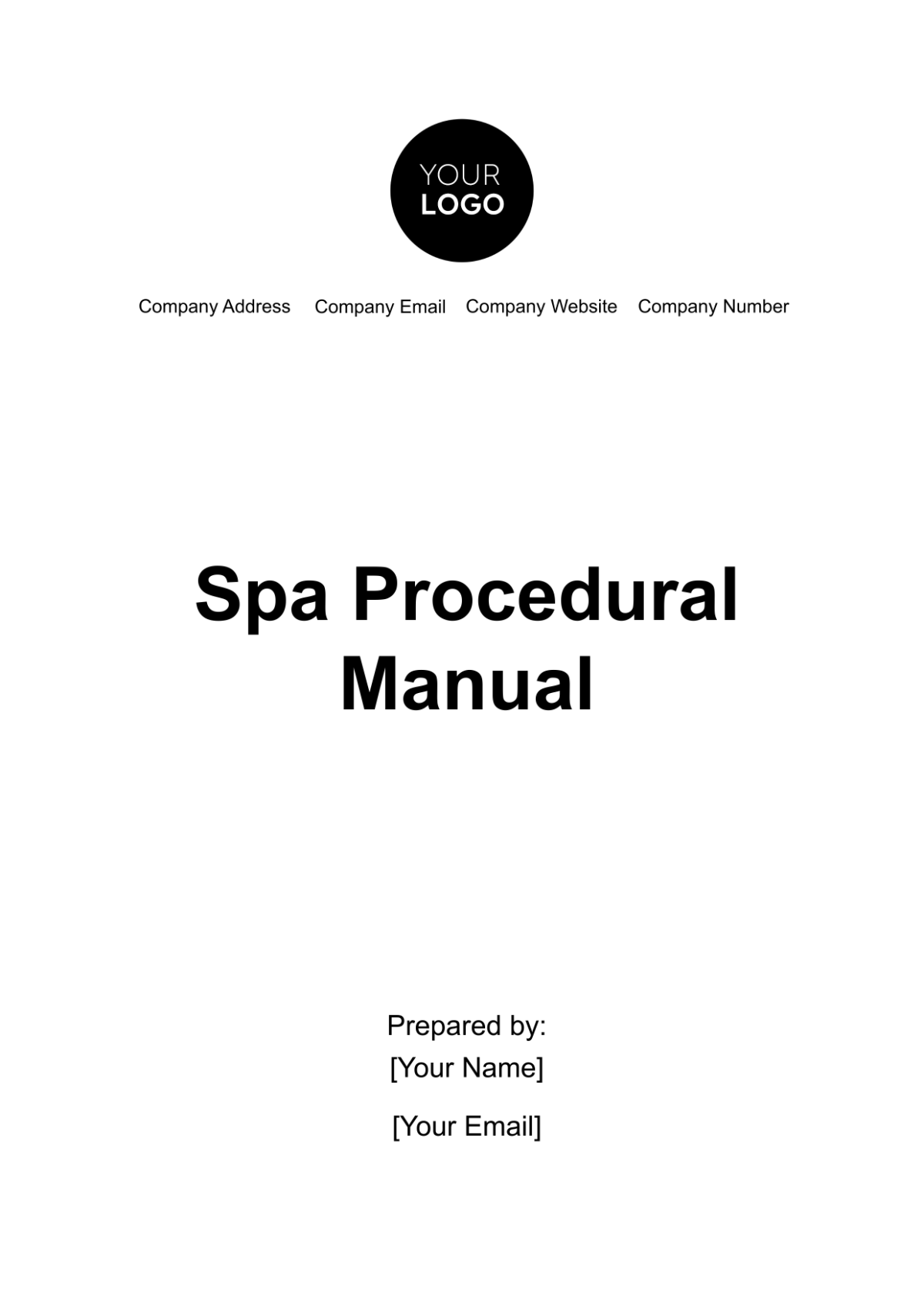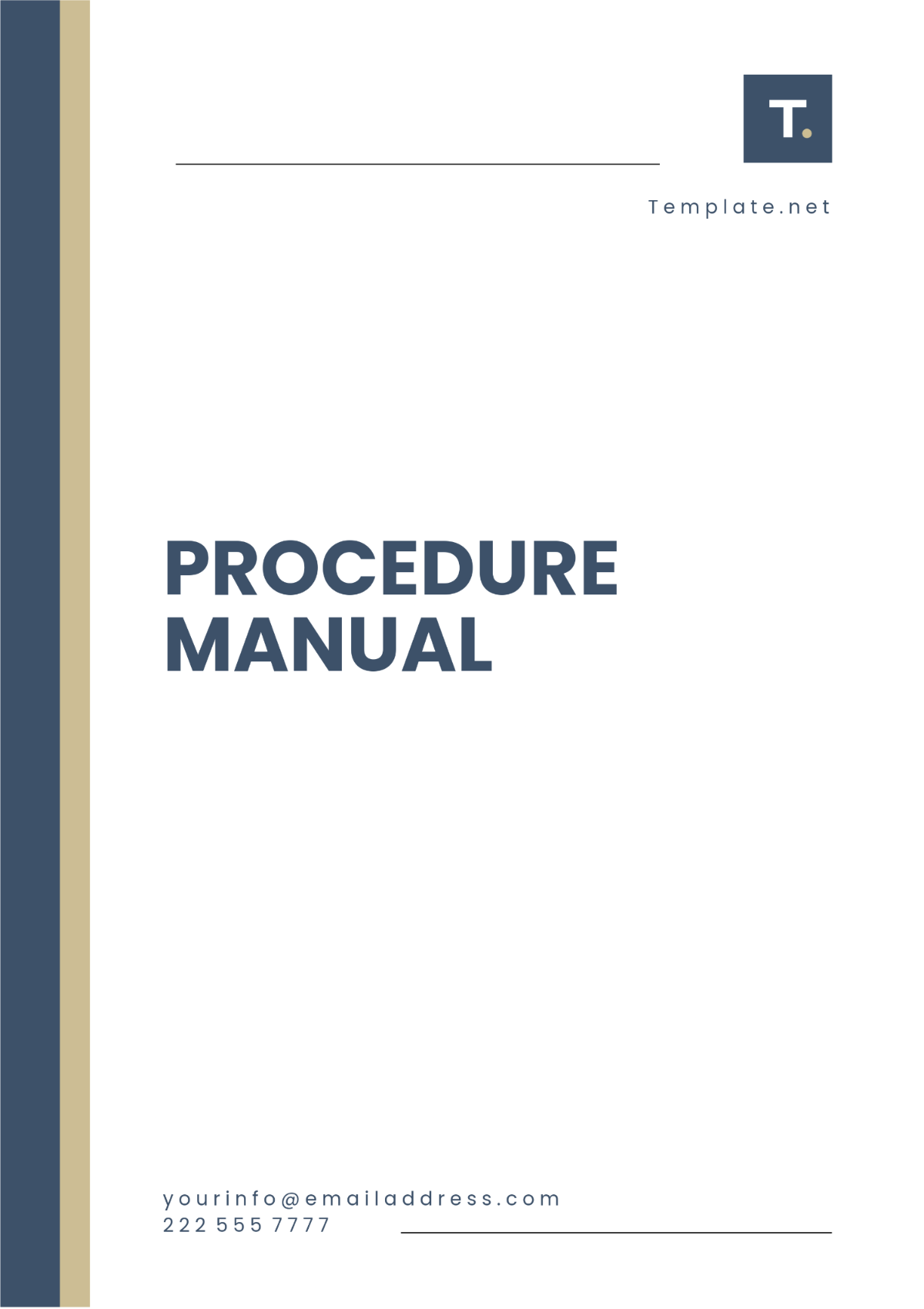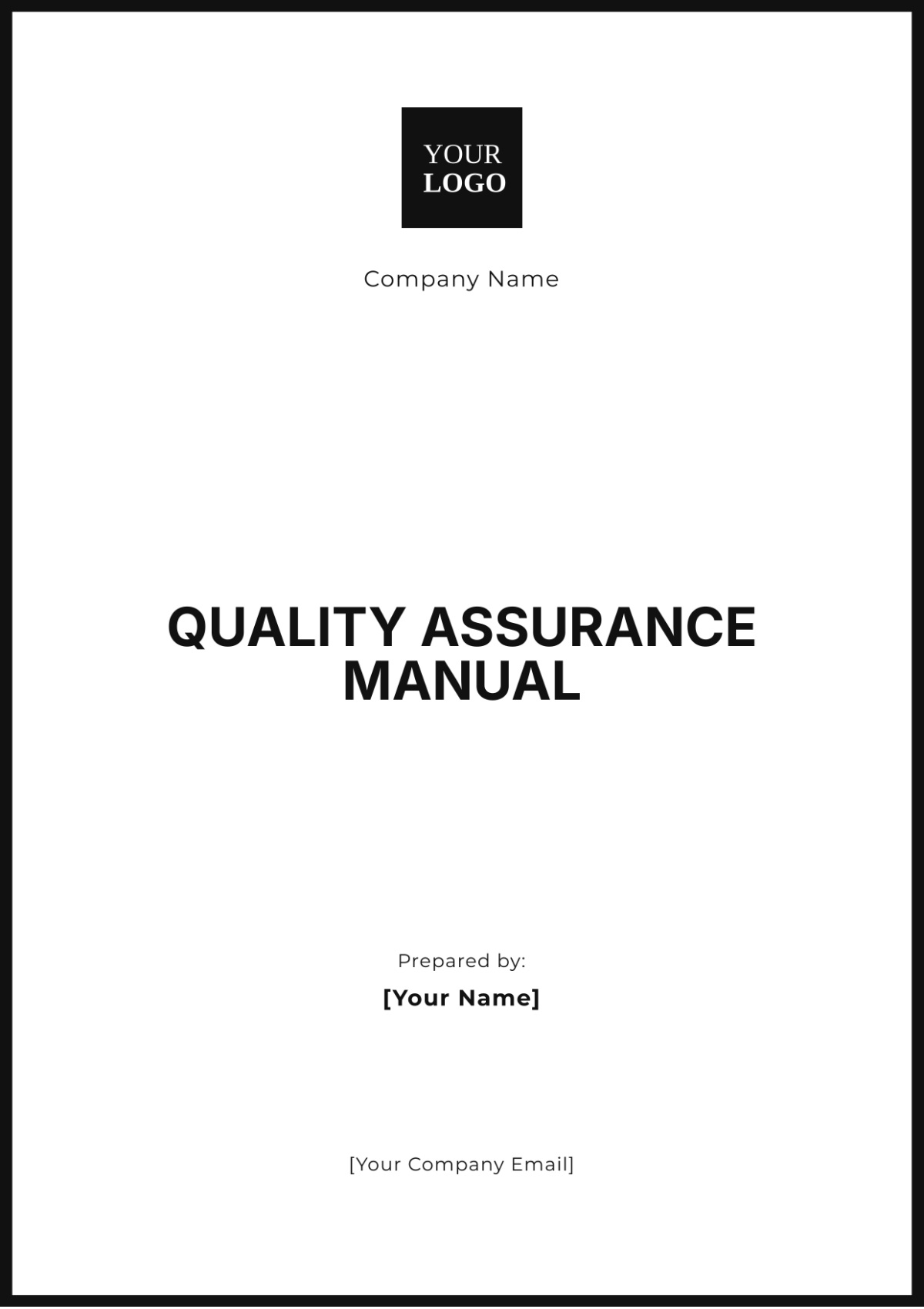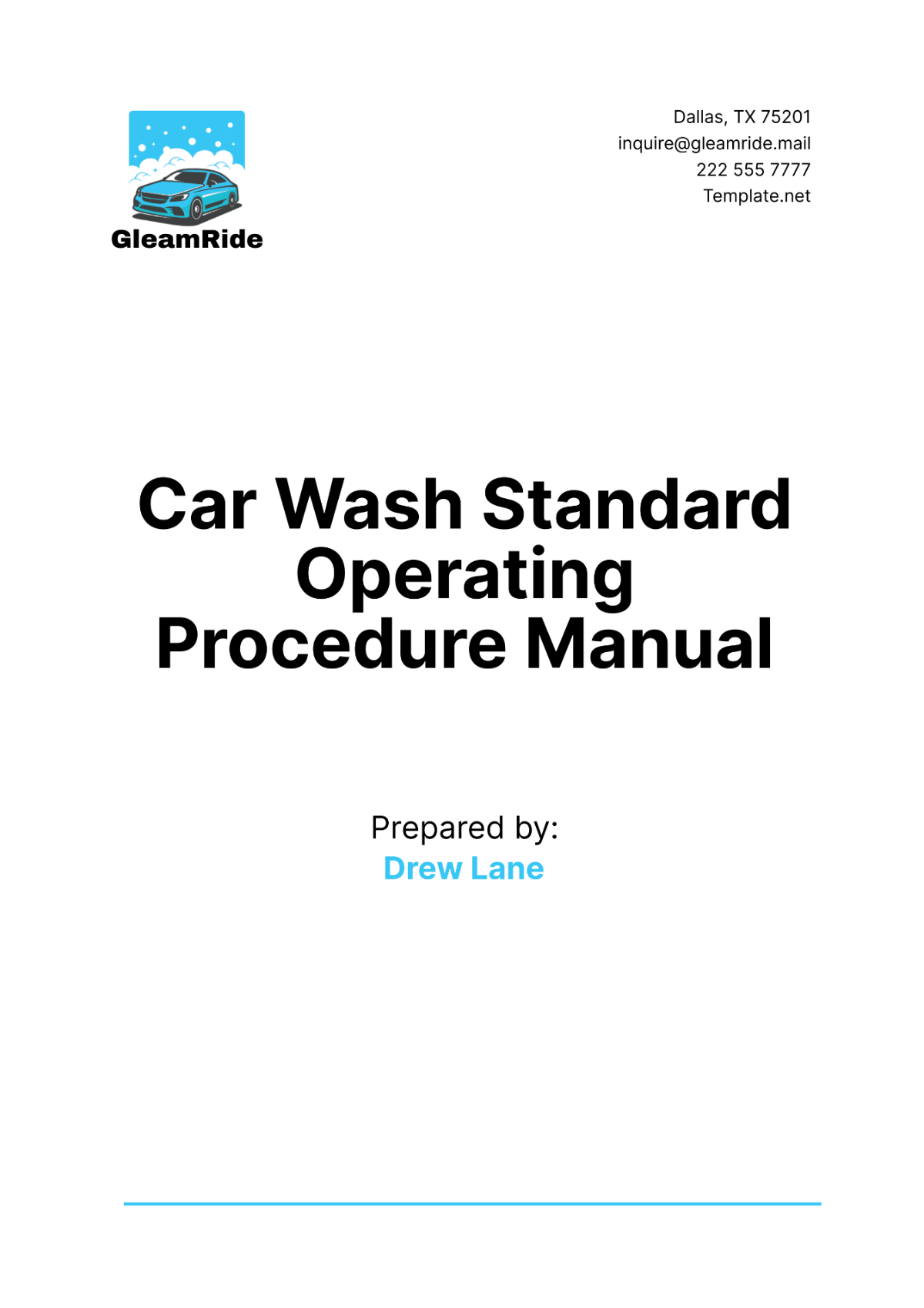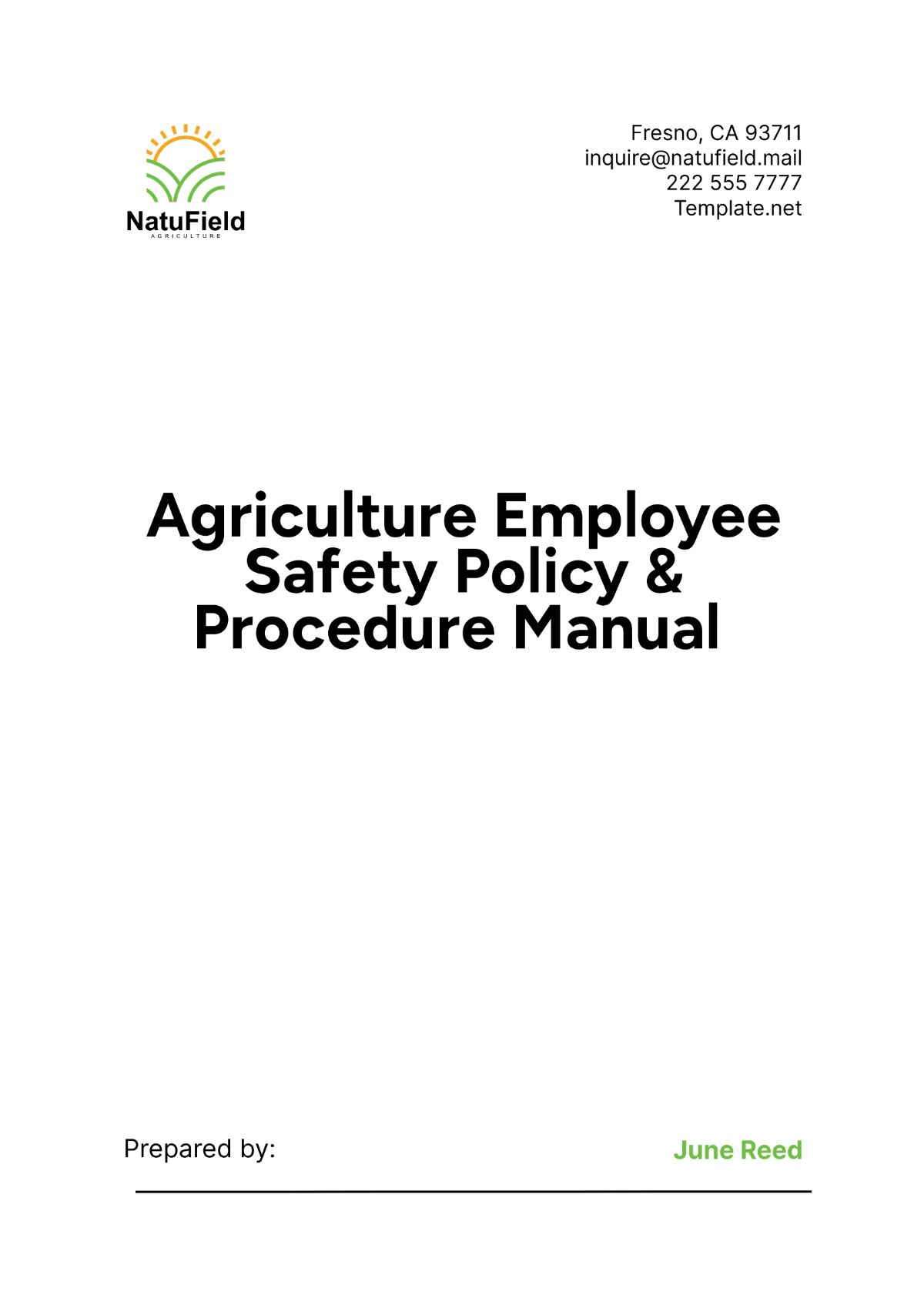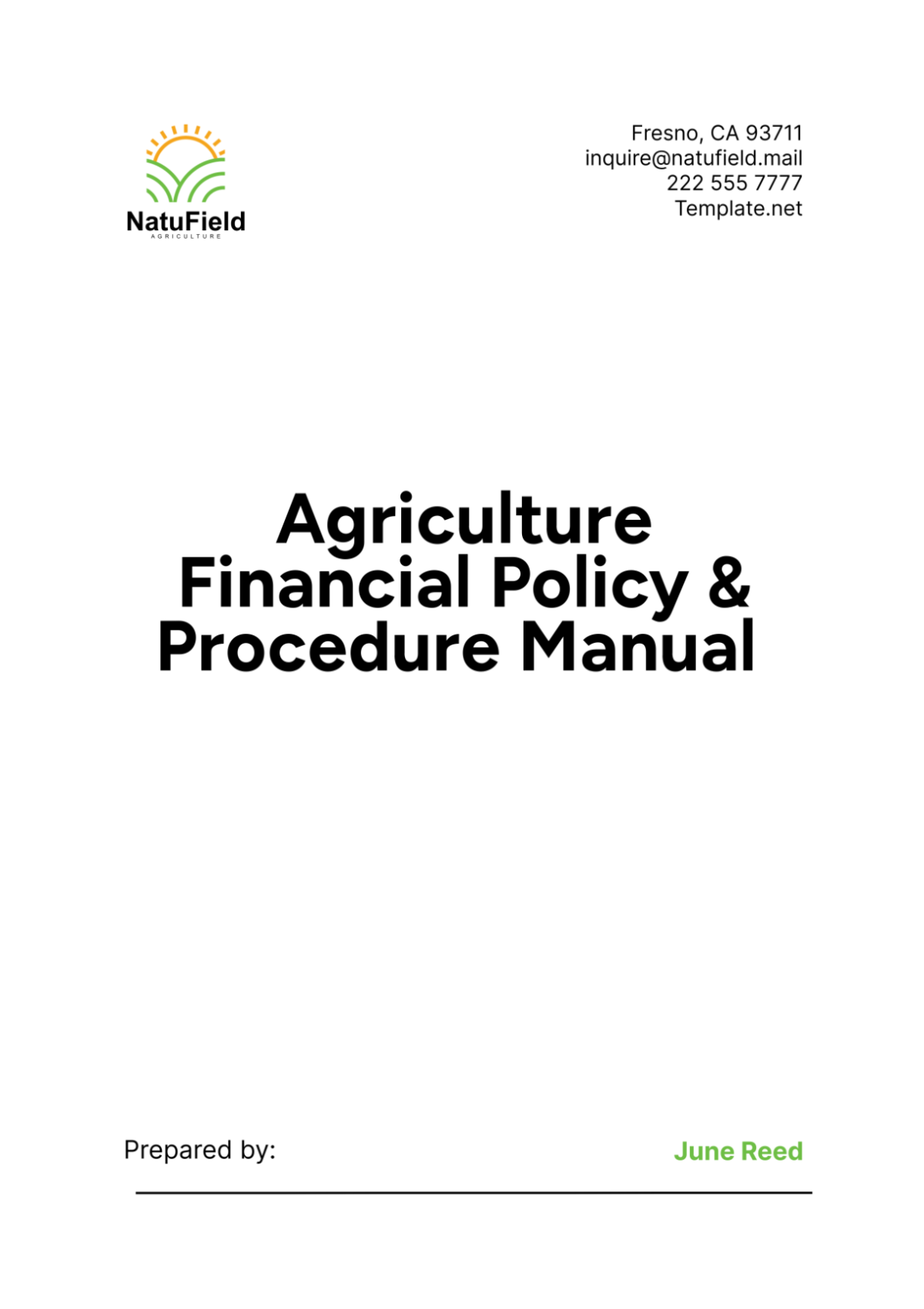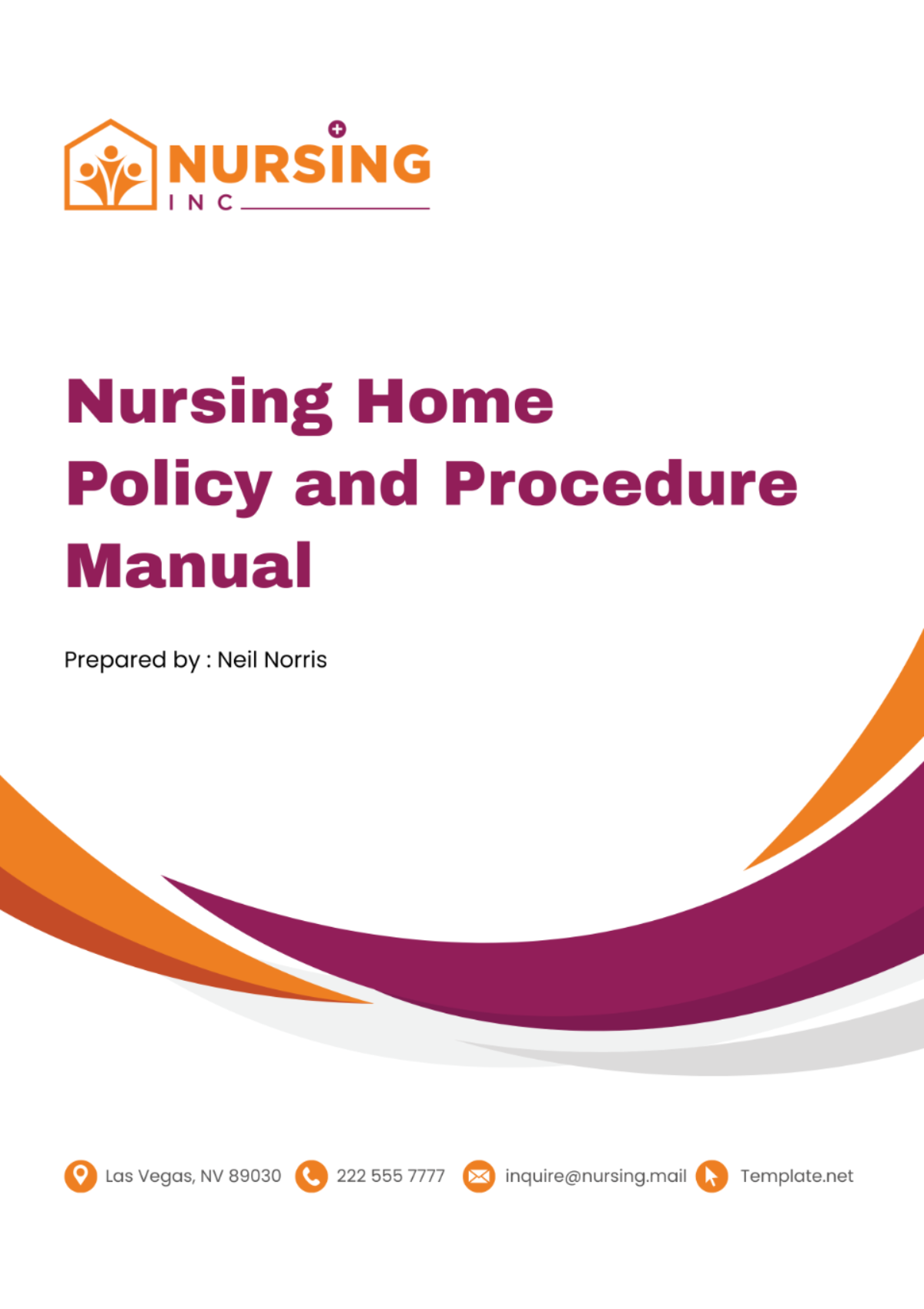Process Manual
NAME: | [YOUR NAME] |
|---|---|
COMPANY: | [YOUR COMPANY NAME] |
DEPARTMENT: | [YOUR DEPARTMENT] |
DATE: | [DATE] |
I. Introduction
Welcome to the [YOUR DEPARTMENT] Process Manual Template! This manual is designed to guide you through the various processes and procedures within [YOUR DEPARTMENT]. By following the outlined steps and best practices, you will be equipped to effectively carry out your responsibilities and contribute to the success of our organization.
II. Getting Started
A. Purpose
The purpose of this manual is to provide a standardized framework for performing tasks and handling workflows within [YOUR DEPARTMENT]. It serves as a reference guide for employees to ensure consistency, efficiency, and quality in our operations.
B. Audience
This manual is intended for use by all employees within [YOUR DEPARTMENT], including new hires and existing staff members. It is essential for anyone involved in executing the processes outlined herein to familiarize themselves with the content of this manual.
C. Scope
The scope of this manual covers the key processes and procedures relevant to [YOUR DEPARTMENT]. It encompasses everything from onboarding new employees to managing day-to-day operations and handling specific tasks or projects.
III. Procedures
A. Onboarding Process
1. New Employee Orientation
[YOUR NAME] or a designated team member will conduct a comprehensive orientation session for all new employees within their first week of joining [YOUR DEPARTMENT].
The orientation will include an overview of the company culture, organizational structure, and key policies and procedures.
2. Training and Development
[Your Name] will coordinate training sessions for new employees to equip them with the necessary skills and knowledge to perform their roles effectively.
Training materials, including manuals, guides, and online resources, will be provided to facilitate learning and development.
B. Project Management
1. Project Initiation
[YOUR NAME] will oversee the initiation phase of all projects within [YOUR DEPARTMENT], including defining project objectives, scope, and deliverables.
A project charter will be created and approved by relevant stakeholders before proceeding to the planning stage.
2. Planning and Execution
Project teams will collaborate to develop detailed project plans, including timelines, resource allocation, and risk management strategies.
[Your Name] will monitor project progress, resolve any issues or conflicts, and ensure adherence to the established schedule and budget.
C. Quality Assurance
1. Quality Standards
[YOUR DEPARTMENT] is committed to maintaining high-quality standards in all aspects of its operations.
[Your Name] will establish and communicate quality metrics and benchmarks to ensure consistency and continuous improvement.
2. Quality Control
Regular audits and inspections will be conducted to assess compliance with quality standards and identify areas for improvement.
Corrective and preventive actions will be implemented as necessary to address any deviations from the established quality criteria.
V. Communication Protocols
A. Internal Communication
1. Email Etiquette
[YOUR NAME] will provide guidelines on proper email etiquette to ensure clear and professional communication among team members.
Key points include using descriptive subject lines, concise messaging, and respectful language.
2. Meeting Procedures
[YOUR DEPARTMENT] follows a structured approach to meetings, including setting agendas, assigning roles (e.g., facilitator, timekeeper), and documenting action items.
[YOUR NAME] will schedule regular team meetings and provide meeting agendas in advance to promote efficiency and productivity.
B. External Communication
1. Client Interaction
[YOUR NAME] or designated account managers will serve as the primary point of contact for client communication.
It is important to maintain a proactive and customer-centric approach in all interactions to foster positive relationships and address client needs effectively.
2. Vendor Management
[YOUR DEPARTMENT] engages with various vendors and suppliers for products and services.
[YOUR NAME] will establish communication protocols for vendor selection, negotiation, and ongoing management to ensure alignment with organizational goals and objectives.
VI. Documentation and Recordkeeping
A. File Management
1. Organizational Structure
[YOUR DEPARTMENT] maintains a centralized file storage system organized according to a predefined folder structure.
[YOUR NAME] will provide access permissions and guidelines for storing, naming, and categorizing files to facilitate easy retrieval and collaboration.
2. Version Control
It is essential to maintain version control for all documents to track changes and prevent confusion.
[YOUR NAME] will implement version control procedures, including naming conventions and documentation of revisions, to ensure accuracy and consistency.
B. Data Security
1. Confidentiality
Protecting sensitive information is a top priority for [YOUR DEPARTMENT].
[YOUR NAME] will enforce strict confidentiality policies and access controls to safeguard confidential data from unauthorized disclosure or misuse.
2. Backup and Recovery
Regular data backups are conducted to prevent data loss in the event of system failure or security breaches.
[YOUR NAME] will oversee backup procedures and test data recovery mechanisms to ensure the integrity and availability of critical information.
VII. Conclusion
Congratulations! You have successfully completed the [YOUR COMPANY NAME] Process Manual Template. This comprehensive guide serves as a valuable resource for navigating the various processes and procedures within [YOUR DEPARTMENT]. By following the outlined protocols and best practices, you contribute to the overall efficiency and success of our organization.
Should you have any further questions or require assistance, please don't hesitate to reach out to [YOUR NAME] or the appropriate contact person. Thank you for your dedication and commitment to excellence!












